Yoga breathing techniques are also known as “Pranayama.” The word Pranayama is composed of two words “prana” meaning “life force” and “ayama” meaning “to control or restrain”. Pranayama, as described by the great sage Patanjali in Yoga Sutras, is the fourth limb of the Eight Limbs of Yoga, which are the key to leading a meaningful and disciplined life.
As you move on in life, your Prana gets imbalanced, mostly owing to busy lifestyles and unhealthy habits that you pick up, sometimes unknowingly, every day. When your prana is imbalanced, your body eventually become weak, making you more vulnerable to illnesses and mental and emotional instabilities.
Furthermore, instead of breathing to the full extent of your body’s capacity, you will only be able to inhale shallow breathes, thus blocking the free flow of required oxygen in your blood.
However, when you unclog these blockages, your mind becomes clearer, thoughts are more balanced, and your breathing becomes deeper and a conscious effort is made voluntarily from your end.
Breathing Techniques – Why Are These Essential to Yoga?
When you practice yoga, you are asked to focus on the way you breathe as you perform the moves. Why do you think yoga teachers ask you to do so?
The reason behind this insistence is the fact that these breathing techniques in yoga assist you in navigating your different levels of consciousness. When you are asked to consciously breathe normally during the yoga poses, it acts as a method of keeping you focused and present in the moment.
Conscious breathing prevents your mind from wandering off, thus acting as a method of meditation, merging your mind, body, and soul as one entity. That is the reason why, when you slow down your breath, it soothes your emotional being.
The human body has over 72,000 channels wherein energy flows through your body, among which three channels are most important, namely – Ida, Pingala, and Sushumna.
- Ida Nadi starts at the root or Muladhara Chakra and ends its journey in the left nostril. It is associated with the moon and is responsible for cooling and calming effect.
- Pingala Nadi too begins at the Root Chakra, but ends at the right nostril. Unlike the Ida Nadi, it has a heating effect on the body.
- Kundalini energy travels through the Sushumna Nadi, and hence it is associated with balance.
The breathing techniques in yoga unblock these channels and help you to control prana in addition to accelerating its movement to all organs and body parts.
8 Types of Yoga Breathing Techniques
Here are some of the yoga breathing techniques to help you improve your lifestyle. A word of caution would be to not try any pranayama exercises without consulting your physician if you suffer from any kind of breathing problems like asthma.
1. Dirga Pranayama (Three-Part Breath)
This is one of the yoga breathing exercises that involve three parts of your abdomen – lower abdomen, lower half of your rib cage, and the part just above the sternum.
How to do Dirga Pranayama?
- You can start the pranayama either in Easy Pose, seated on a chair with the feet flat on the floor, or by lying down on the floor in Savasana. Whichever you choose to do, ensure that your spine is straight in line with your head and your stomach is compressed.
- Your next step is to close your eyes and relax the muscles of your entire body, even your face. Breathe normally.
- Place your left hand over your stomach, a little below the navel and feel it expand as you breathe in and contract as you breathe out. Keep doing this consciously for five breaths.
- After this move your hands up to your rib cage, about three inches away from the navel and feel the rib cage move as you breathe in and out. Again, repeat this for five more breaths before you move your hands up to the collar bone.
- At the collar bone, ensure that your hands are placed at the center of your chest. Here too be conscious of how your breath spreads and withdraws through the chest as you inhale and exhale. Continue doing so for five breathes again.
Benefits
It clears the passage of air to your lungs, thus allowing you to breathe more effectively. This allows more oxygen to enter your blood, allowing your heart and lungs to function efficiently. If you are ever stressed, practicing this pranayama will calm your mind and body.
2. Ujjayi Pranayama (Conqueror Breath)
How to do Ujjayi Pranayama?
- To start doing the Ujjayi Pranayama, sit in Padmasana and close your eyes. Keep your spine straight in line with your head.
- Inhale deeply through your nostrils and try contracting the air passing through your throat. Fill your lungs with air as you do so.
- Release by exhaling the air through your lips like a whisper or as when you blow your breath. You will hear a soft “ha” sound when you exhale. This way you know that you are doing it right. Release all the air captured in your lungs while exhaling.
- Practice this for 20 more counts and release by breathing normally.
Benefits
The conscious effort made during Ujjayi breathing helps in increasing your mind’s focus and concentration levels. Other than that, this form of Pranayama provides the following benefits:
- Lowers the risk of heart problems
- Improves the vocal chords
- Improves any respiratory problems; and
- Helps in arousing Kundalini in our bodies.
3. Kumbhaka Pranayama (Breath Retention)
Kumbhaka Pranayama is known as the center of the practice of Hatha Pranayama. It is the pause between the inhale and exhale; Kumbhaka before inhalation is known as Bahya and before exhalation is known as Antara. When you do this form of pranayama, it involves both the Jalandhara and Muladhara Bandhas.
How to do Kumbhaka Pranayama?
- Sit in Padmasana. Keep the spine straight and relax your body.
- Inhale and exhale consciously keeping the breathing pattern equal, for five deep breathes. On inhalation, hold your breath for approximately seven seconds. Release and exhale.
- Repeat this for five breathes more, while you gradually increase your hold after every inhalation.
- The next step after this is to hold your breath after you exhale. Repeat the same steps as you did for retention after inhalation for over a period of four to five deep breaths and increase the duration of holding your breath.
- To end the practice, regularise your breath.
Benefits
Kumbhaka Pranayama is one of the most useful breathing exercises for stress as it helps to clear the mind and develop concentration. Other than that, it purifies the body and helps to attain a healthy lifestyle. If you are looking for breathing techniques for high blood pressure, then this is not to be practiced as it can cause harm instead.
4. Bhastrika Pranayama (Bellows Breath)
Just as you would pump the air in and out of bellows to light up the fire in your hearth at home, similarly your breath moves your lungs with strong currents of air to energize you. This pranayama involves deep and normal inhalations, after which the exhalation is done forcefully, keeping it short, and fast.
How to do Bhastrika Pranayama?
- Start in Padmasana with eyes closed and inhale deep into the lungs and exhale slowly. Repeat this for five breathes at the start.
- Upon the next exhalation release your breath fast, as you would when you pant.
- Keep doing this for at least 20 counts.
- End the practice by inhaling and exhaling normally, keeping the breath equal both times.
Benefits
Bhastrika Pranayama comes with numerous benefits, some of which are as follows –
- It is one of the best yoga breathing exercises for asthma and other respiratory problems.
- This pranayama helps in cleaning your body of toxins and other impurities.
- It keeps the body guarded from disease and illnesses.
- It is one of the best breathing exercises for weight loss.
5. Nadi Shodhana Pranayama (Alternate Nostril Breathing)
Nadi Shodhana is one of the deep breathing exercises for relaxation and one of the yoga breathing exercises for beginners. The name translates to Nadi – meaning ‘channel’ or ‘flow’ and Shodhana – meaning ‘purification’.
How to do Nadi Shodhana Pranayama?
- Sit in Padmasana, relax, and focus on your breath.
- Raise your right hand to your forehead and position your middle and fore fingers right in between your eyebrows.
- Use your thumb to close the right nostril and breathe deeply through the left nostril for 20 counts, such that all the air inhaled is directed to the abdominal area.
- After 20 breaths, release your thumb from the right nostril and use your ring finger to close the left nostril. Repeat the same breathing exercise for 20 counts.
- Once you are done, bring your hand down to your knees and focus and breathe normally for 10-15 seconds.
Benefits
This form of is one of the best yoga breathing exercises to improve lung capacity. Some more benefits that the Nadi Shodhana Pranayama gives are:
- It is one of the good breathing exercises for stress as it calms and rejuvenates the nervous system.
- It balances the hormones.
- You have higher concentration levels.
- It is one of the best yoga breathing exercises for anxiety.
6. Mriga Mudra (Deer Seal)
This pranayama is usually performed along with other yoga breathing techniques like Ujjayi or Kapalbhati Pranayama. You can perform this practice at any time of the day.
How to do Mriga Mudra?
- You can be seated in Padmasana or in a chair to do this pose.
- To start with, take your right hand and form a fist. Open your thumb, ring finger, and the small finger, such that the shape of your hand resembles the shape of a deer.
- Raise your hand up to your face and press the thumb against your right nostril to close it. Inhale deeply, but do not exhale.
- Use your ring finger to close the left nostril momentarily. Now release your thumb from the right nostril and exhale. Repeat this exercise two times more.
- Repeat with the other side another 2 times.
Benefits
- Improves mental focus and clarity
- Helps in controlling emotions
- Increases immunity and removes toxins from the body
7. Simhasana (Lion’s Pose/Breath)
If you are looking for a yoga technique against aging, it is the Simhasana. The yoga breathing technique gets its name due to its resemblance to the force and intensity of a roaring lion.
How to do Simhasana?
- Start in Vajrasana. Ensure that your toes are pointing outward and are not tucked in.
- Lean forward and support your upper body by stretching your hands. Your palms should be grounded to the floor. Take care that your spine is straight and lengthened, and your hands are placed perpendicular to the floor.
- Inhale through your nose, open your mouth, and stretch your tongue out. Try shifting your gaze in between the eyebrows.
- Exhale through your mouth and try making a roaring “haa” sound as you do so. After doing so stay in the position for 30 seconds while breathing normally.
- Come back to the initial position and relax for 10 seconds. Repeat 5 times more.
Benefits
- Enhances your vocal chords
- Clears and opens the respiratory tract
- An effective remedy for bad breath
8. Kapalbhati Pranayama (Breath of Fire)
The name of this yoga breathing technique is obtained from the two words – ‘Kapal’, which means ‘forehead’ and ‘Bhati’ meaning ‘to shine’.
How to do Kapalbhati Pranayama?
- Sit in Vajrasana with your spine erect, hands placed on the knees with palms open and facing upwards.
- Inhale and let your stomach muscles loosen up. When you breathe out pull your stomach in and back to the spine till your level of comfort.
- When you loosen your stomach muscles your breath will flow automatically to your lungs. Contract your stomach again forcefully and exhale again. Repeat with the inhalation process again.
- Complete one round of Kapalbhati pranayama with another 20 counts.
Benefits
- It is one of the recommended yoga breathing exercises for flat stomach
- Gives your body more immunity to illnesses
- Remedy for weak nerves
- If you lack a good night’s rest, this is one of the breathing exercises for sleep
How to Breathe Properly in Asana Practice
Here are three basic guidelines for pairing your breath with different types of yoga poses:
1. Exhale when you bend forward
While doing forward bends, the front part of your body gets compressed, thus restricting expansion of the chest area and the lungs. Yoga instructors explain the importance of exhaling when getting into forward bends, because it helps to deflate the lungs and reduce the circumference of the chest. Forward bends are quietening poses and exhalation while beginning the pose helps in attaining this goal.
2. Inhale while going into chest lifting or opening poses
When doing heart opening backbends or poses, yogis are advised to inhale so that they can make more space in their chest cavity, in the process also allowing more air to enter the lungs, diaphragm, and the rib cage. Other than that, it also boosts the heart rate, alertness, and flow of blood to the muscles. Heart opening backbends or chest lifting poses are meant to energize the body and yogis can obtain maximum benefits by incorporating the breath’s effects on the body.
3. Exhale when reaching into twisting yoga poses
Yoga twist poses are best done on exhalation as they restrict expansion of the chest and abdomen. Trying to inhale when doing these poses would work adversely on the body. Exhalation is a natural process that ensues when doing twists and gives more benefit to the body while giving more flexibility for the body to move.
Yoga Breathing Tips
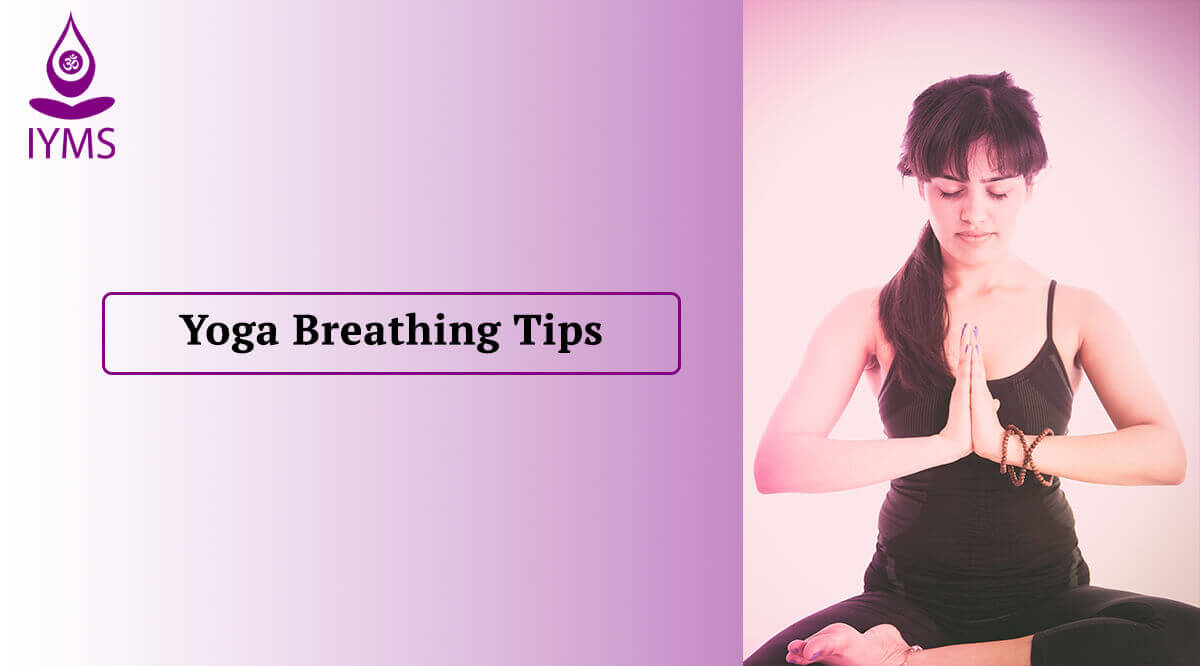
As you perform these poses, you need to ensure that you get the most out of the practice. So, here are a few tips to help you:
- All pranayama poses require you to have a straight spine. It is best done in the supine position. This way you will not be distracted and will be more focused on your breathing pattern. Supine position is most useful when learning the basics of Abdominal Breathing or Complete Yoga Breathing. Supine breathing practice allows the practitioner to completely focus all his/her attention on the breath rather than on how he/she is seated.
- If you decide to practice breathing while sitting, but find it hard to keep your back straight, try doing so by resting your back against a wall, or you can position your sit-bones on the edge of a firm cushion, especially for poses like Padmasana. If it suits you, you can even choose to sit on a chair.
- When practicing yoga breathing techniques, keep your shoulders relaxed and keep rotating them, unless the practice requires you to lift them up.
- If you have problems in being seated or lying down, you can always use props like blankets, belts, or blocks for support and finding out which part of your lungs is not expanding to the fullest.
- Practice Pranayama mostly during the mornings as it is the freshest part of the day. Do not practice yoga breathing in a polluted area. Choose a time when the air is least polluted or practice indoors with the help of an air purifier.
- When practicing yoga breathing, it is advisable to keep your eyes closed, your gaze pointing to the tip of your nose so that your focus is automatically shifted to the third eye.
- If you feel dizzy or heavy after a pranayama practice, it is better to stop and only continue after advice from your physician.
- Avoid smoking. Smoking undoes all the benefits that you can gain from yoga breathing. While yoga breathing techniques clean your blood, and lungs, smoking does just the opposite.
- Avoid practicing yoga breathing techniques if you feel fatigued.
Conclusion
Whenever we practice yoga, it is a natural tendency for newbies to stress while breathing, which results in short and shallow breaths. An experienced yoga instructor will help you with yoga breathing techniques that can support your goals when performing poses.
Focus on breathing actively into your chest especially when performing back bends and chest openers. Breathing mindfully can offer you many mind and body benefits, which is why it is important in yoga.
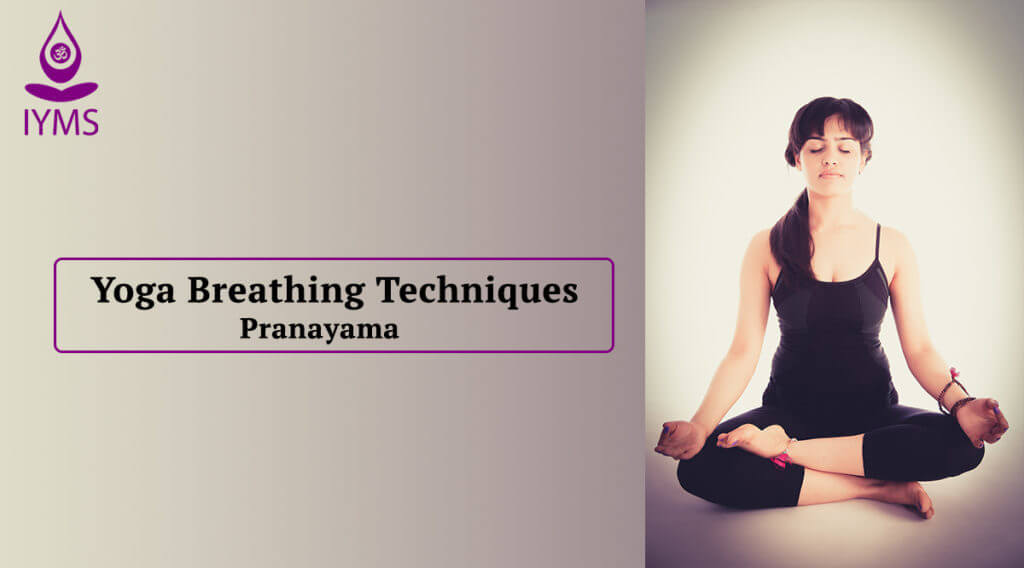


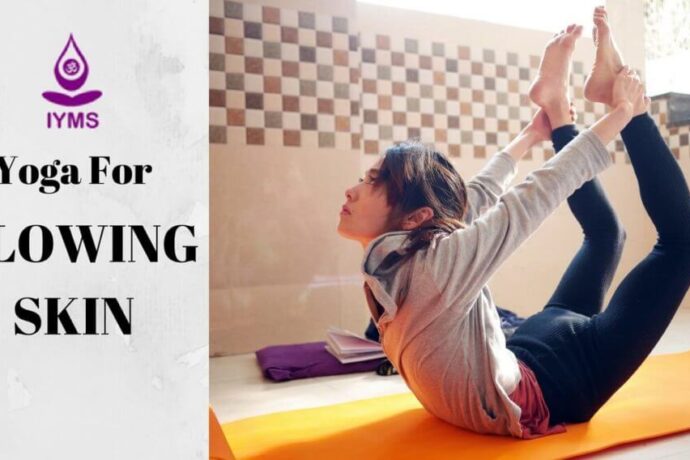
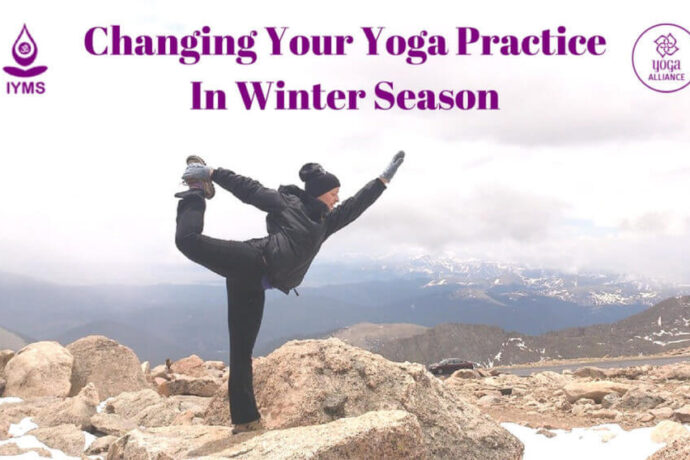
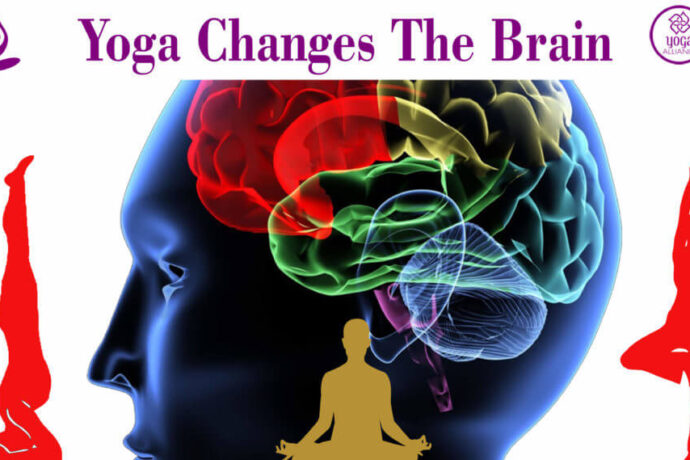
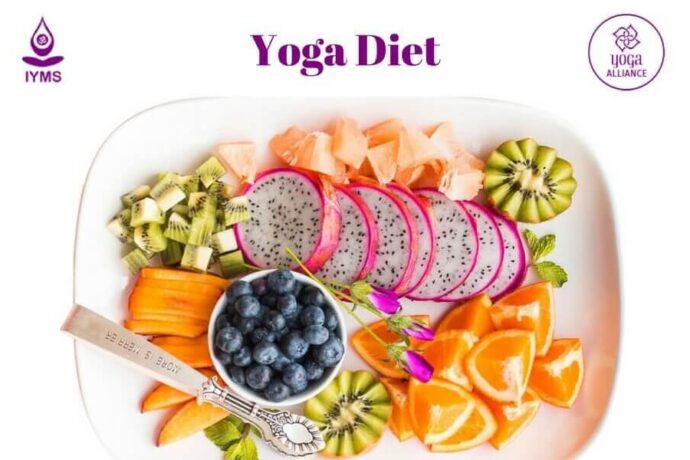
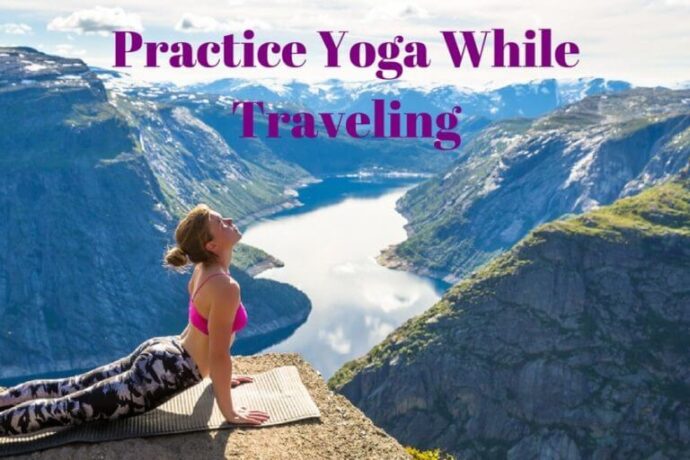
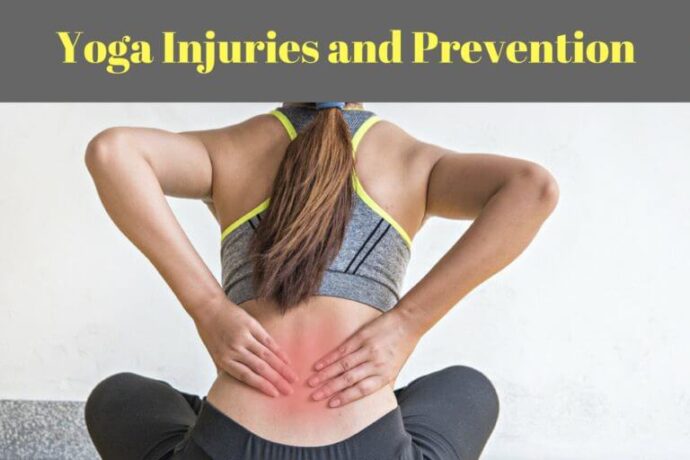
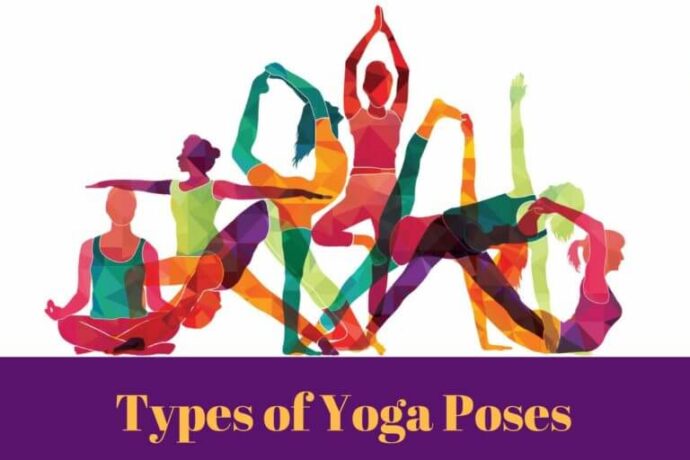
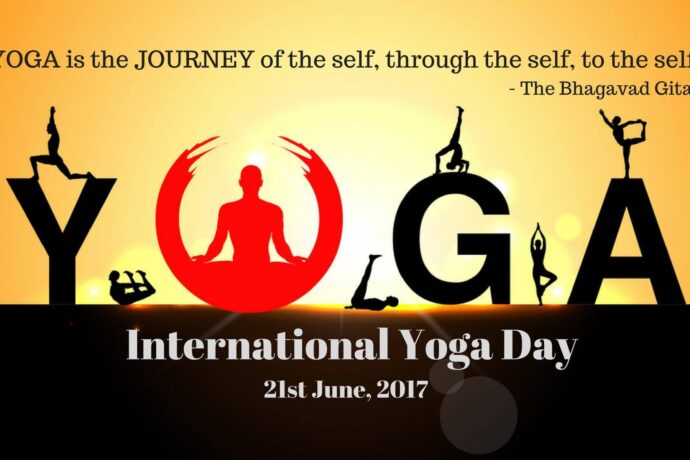
Leave a comment